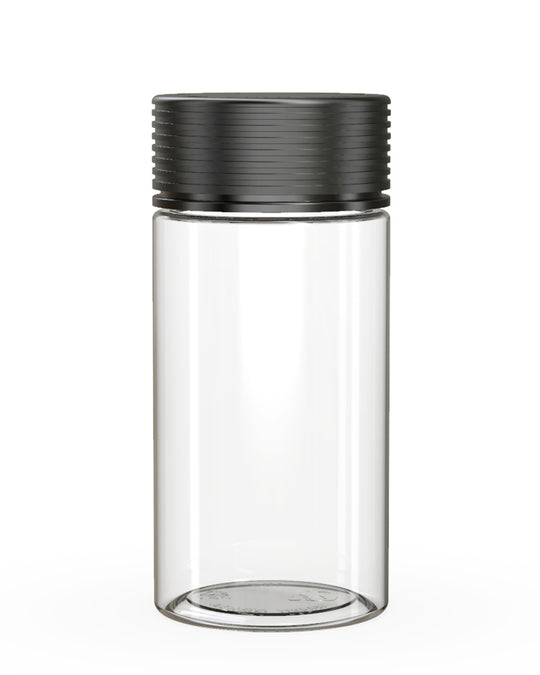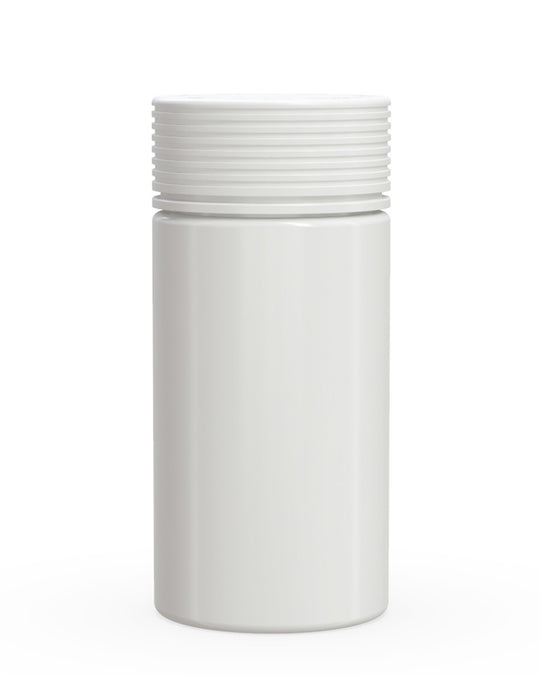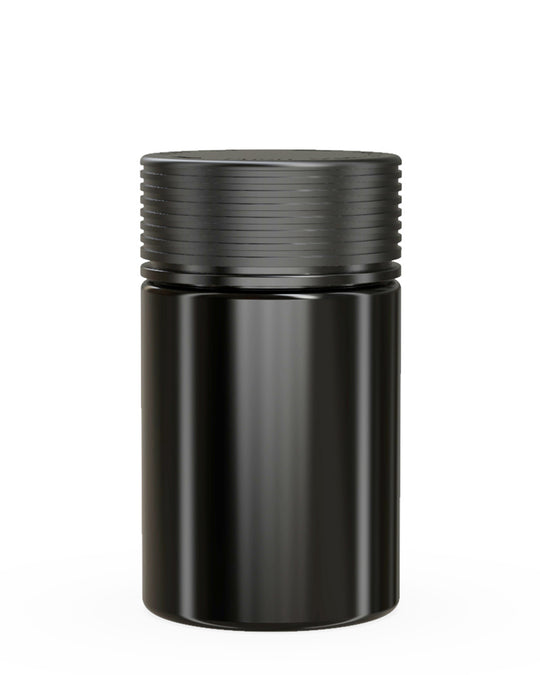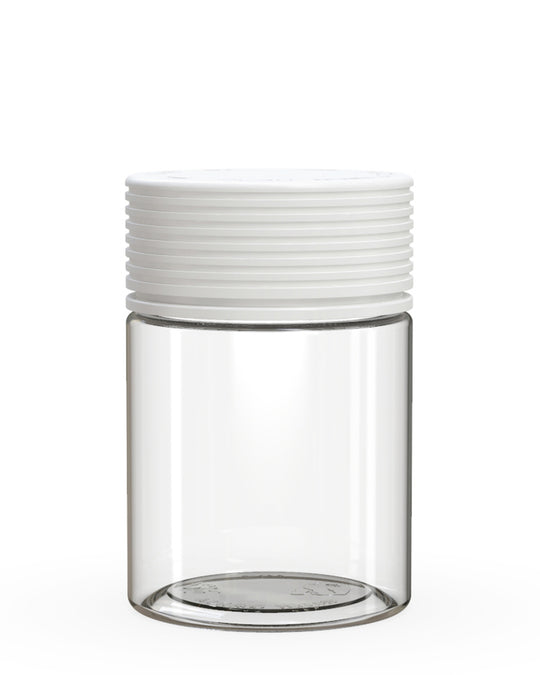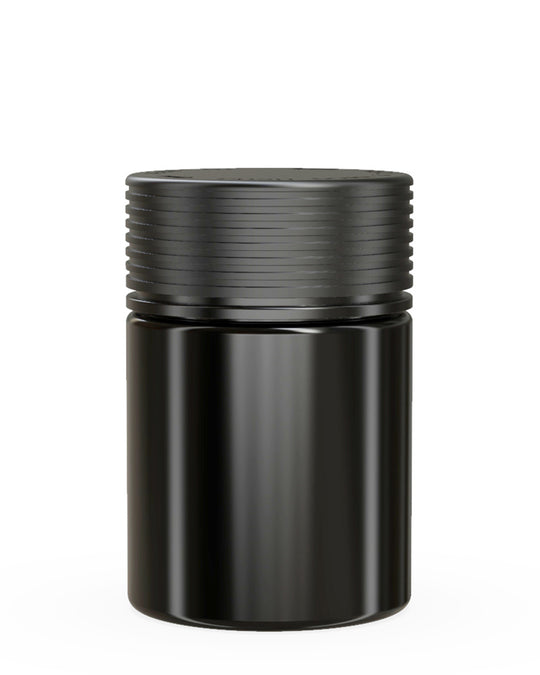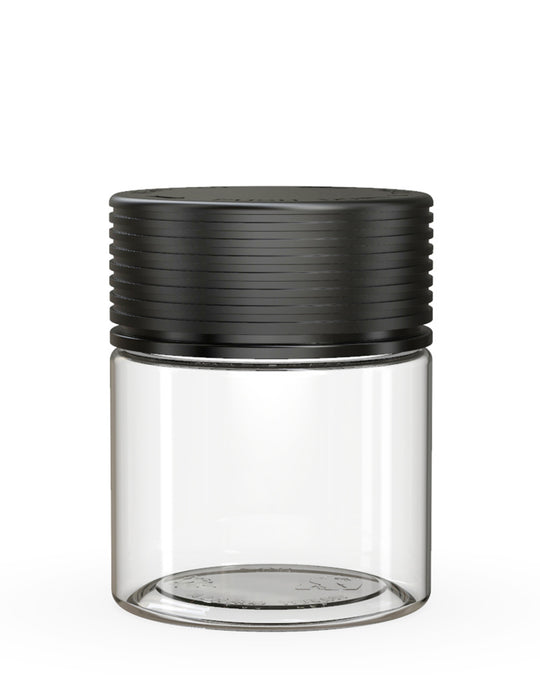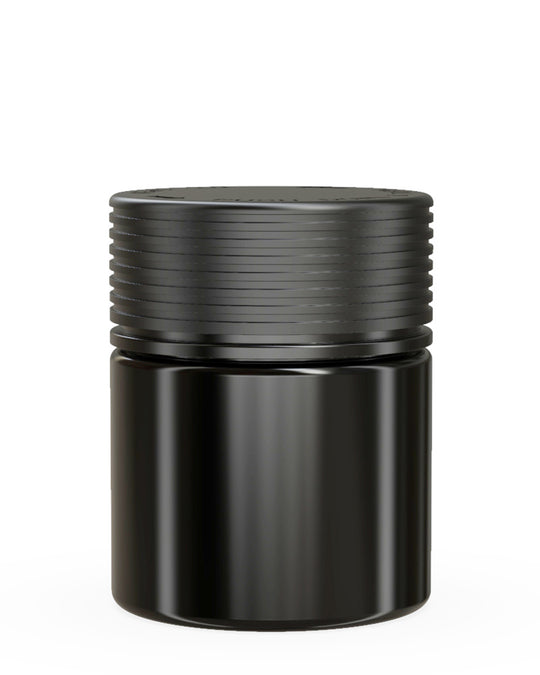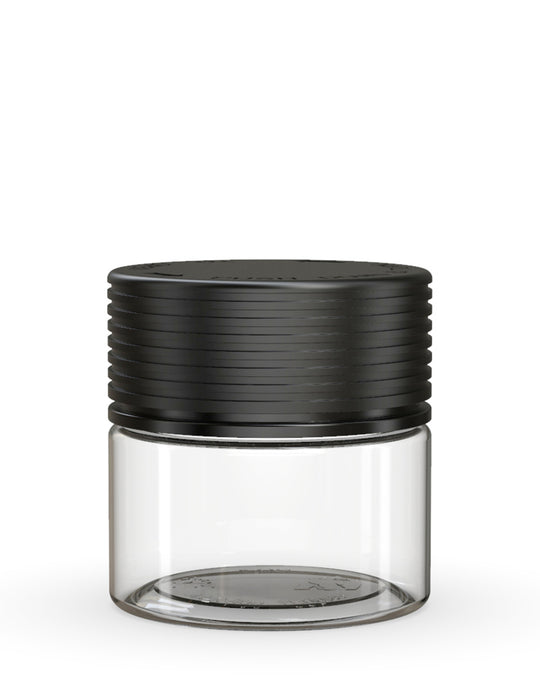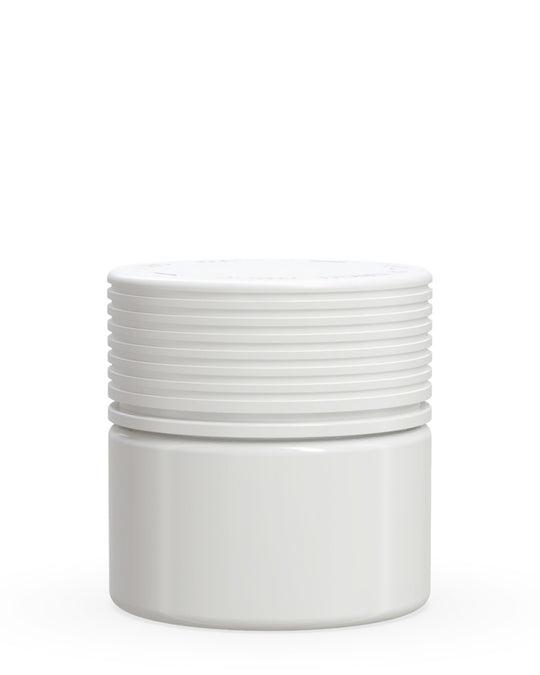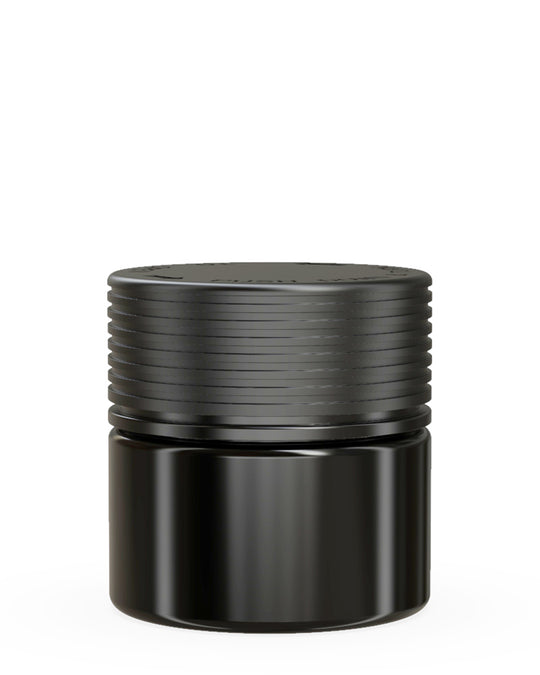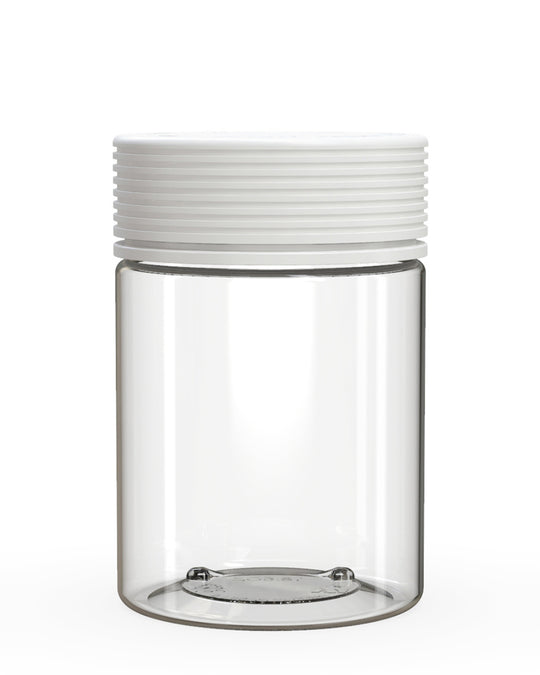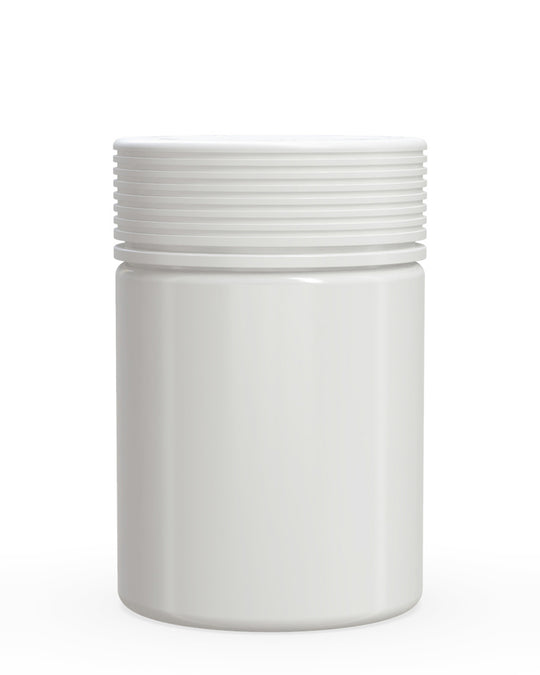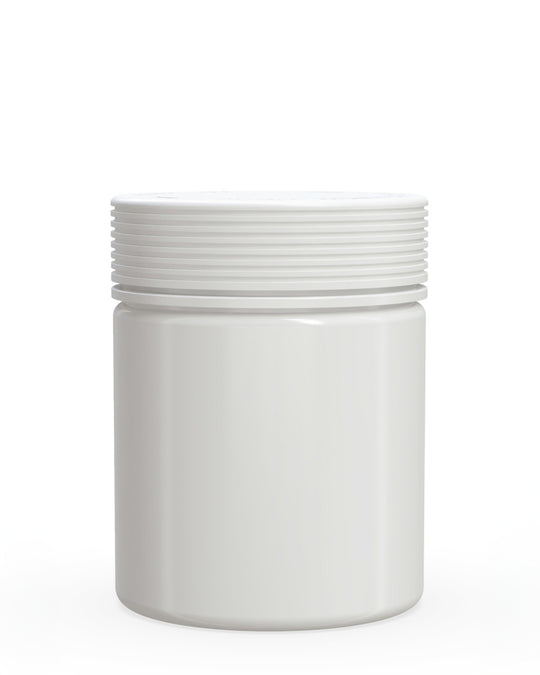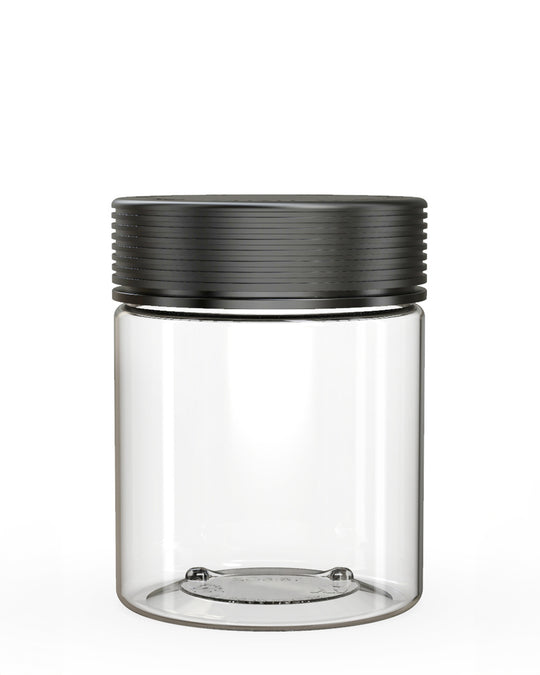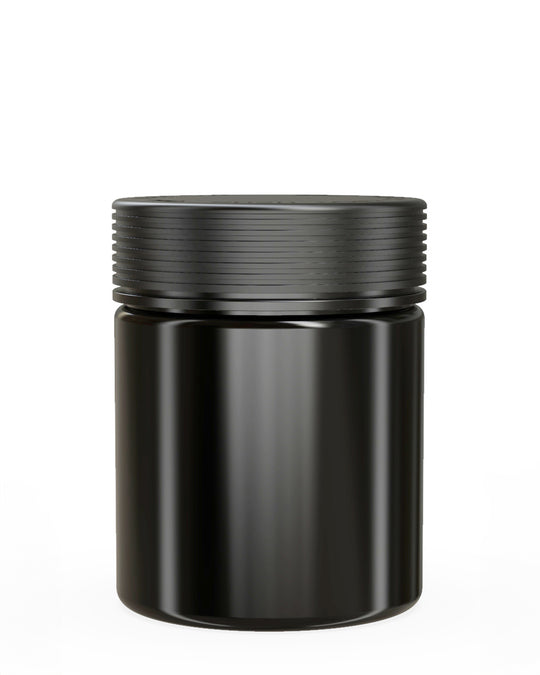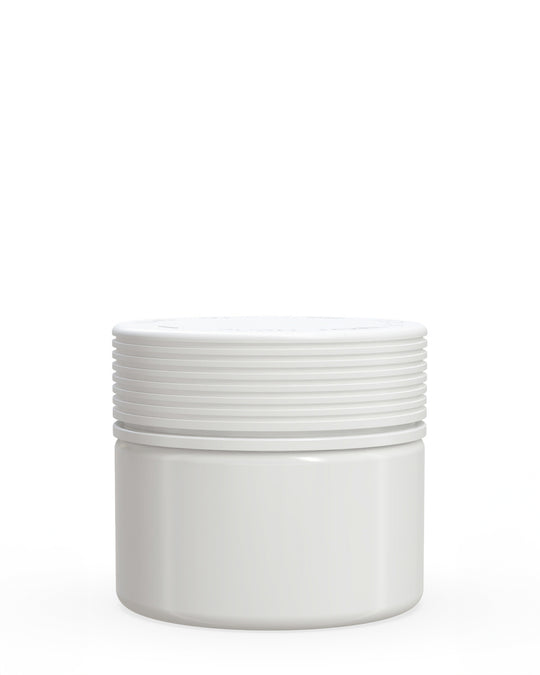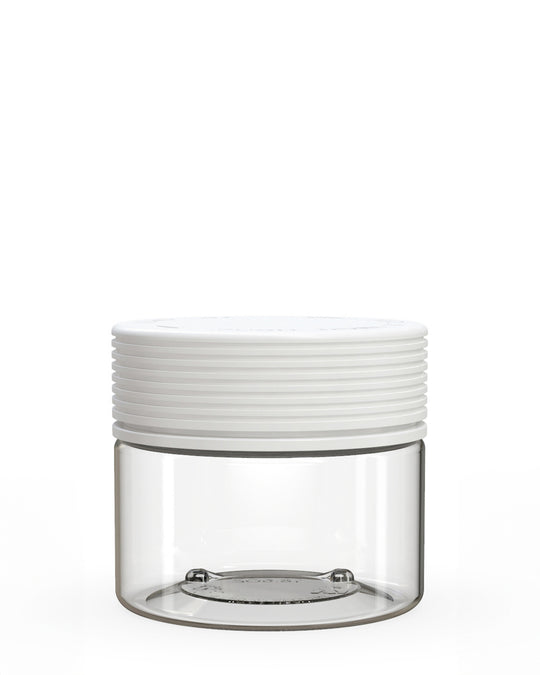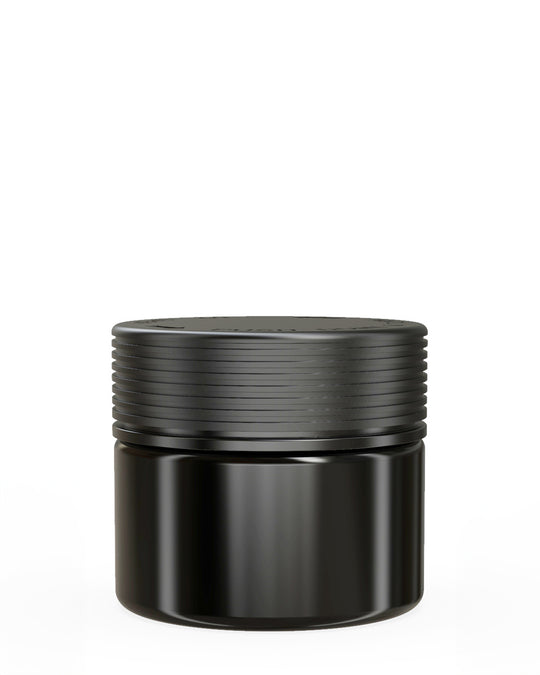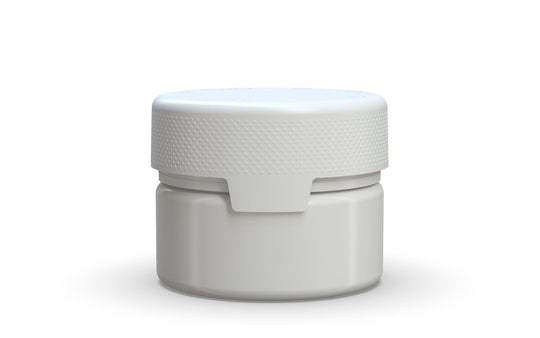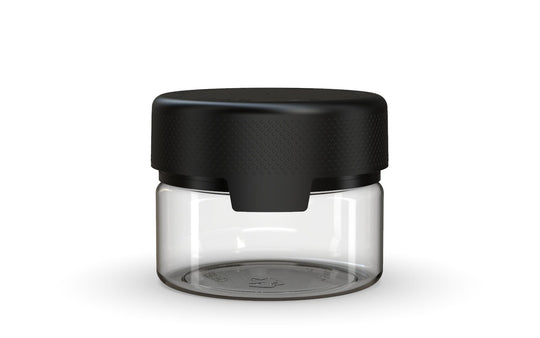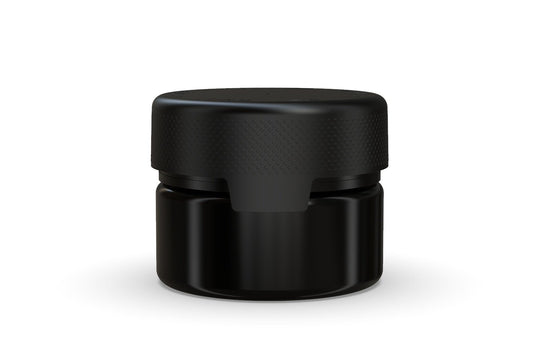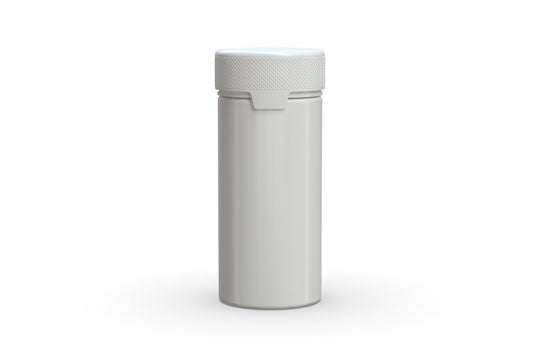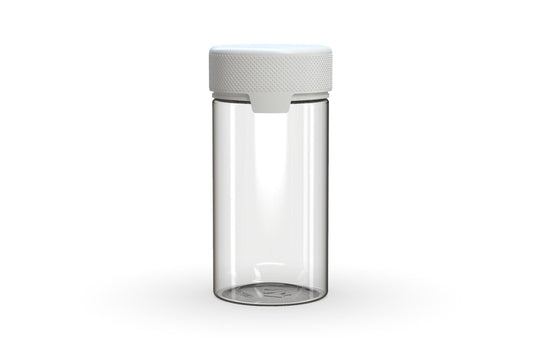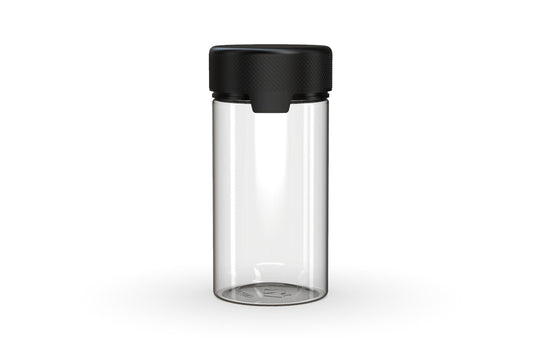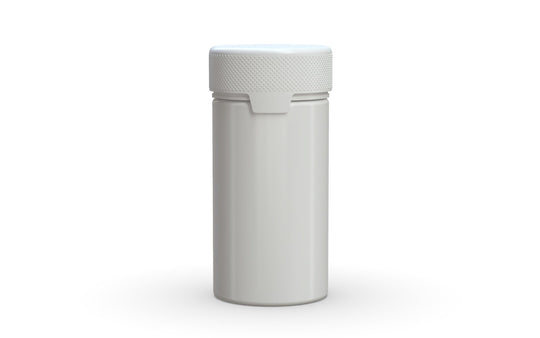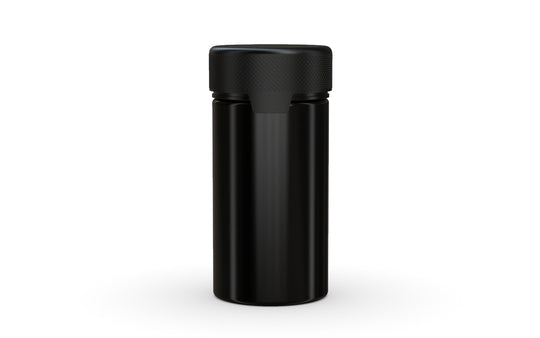Gummy Packaging
Frequently Asked Questions About
Table of Contents
Gummy Packaging: Comprehensive Solutions for Product Protection
Finding the right gummy packaging is crucial for manufacturers looking to preserve product freshness, extend shelf life, and create visual appeal that attracts consumers. As the gummy market continues to expand across confectionery, nutraceutical, and functional food sectors, packaging solutions have evolved to meet specific industry requirements while enhancing brand visibility.
Whether you're packaging traditional gummy bears, vitamin gummies, or specialty formulations, selecting appropriate containers requires balancing several factors including moisture control, product protection, ease of access, and marketing potential. This guide explores the essential considerations for selecting optimal gummy containers that maintain product integrity from production to consumption.
Gummy Packaging Essentials: Materials and Considerations
When selecting packaging for gummy products, material choice directly impacts both preservation qualities and consumer perception. The most common materials for gummy packaging include:
- Glass jars and bottles
- Plastic containers (PET, PP, HDPE)
- Flexible pouches with barrier properties
- Paperboard boxes with internal barrier packaging
Each material offers distinct advantages. Glass jars provide premium presentation and excellent moisture barriers but add weight and breakage concerns. Plastic containers offer versatility, durability, and clarity at a lower cost point. Flexible pouches maximize shipping efficiency and often feature resealable closures.
For products requiring maximum shelf stability, food containers with specialized barrier properties prevent moisture migration, oxygen penetration, and light exposure. These factors are particularly important for gummy products, which can become sticky, dry out, or lose flavor when improperly packaged.
Types of Gummy Containers: Finding the Perfect Fit
The gummy bear packaging market offers numerous container styles, each designed for specific applications and consumer experiences:
Glass Jars and Bottles
Glass containers provide a premium look and excellent barrier properties. Available in various shapes and sizes, they're ideal for specialty or premium gummy products. Their weight and breakage risk are offset by their reusability and perceived value. Many manufacturers use decorative food jars that consumers keep and repurpose after the product is consumed.
Plastic Containers
Plastic containers offer versatility in design, durability during shipping, and clarity for product visibility. Common formats include:
- Flip-top containers for easy access
- Screw-top jars for better sealing
- Compartmentalized containers for variety packs
- Tube containers for portable single servings
These containers can be manufactured with varying levels of clarity, from crystal clear to fully opaque, depending on light sensitivity requirements.
Flexible Packaging
Standup pouches and flexible bags have gained popularity for gummy packaging due to their convenience and shipping efficiency. These food bags often feature:
- Resealable zippers to maintain freshness
- High-barrier films to prevent moisture transfer
- Custom printing for vibrant branding
- Tear notches for easy opening
Flexible packaging typically offers the lowest shipping weight and storage footprint, making it cost-effective for many applications.
Preservation Factors in Gummy Bear Packaging
Gummy products present unique preservation challenges due to their moisture content, sugar concentration, and potential for sticking together. Effective packaging must address:
Moisture Control
Gummies can dry out or become sticky if exposed to improper humidity levels. Packaging must create an appropriate moisture barrier while preventing condensation inside the container. Some solutions incorporate desiccant packets or specialized barrier films to regulate internal humidity.
Oxygen Barrier
Oxygen exposure can degrade flavors, colors, and active ingredients in gummy products. High-barrier packaging materials minimize oxygen transmission rates, preserving product quality throughout the intended shelf life. This is especially important for functional gummies containing vitamins or other bioactive compounds.
Light Protection
UV and visible light can degrade certain ingredients and cause color fading. Amber glass jars (similar to honey jars) or opaque packaging materials provide protection from light-induced degradation.
Temperature Stability
Gummy products can melt or become deformed at elevated temperatures. While packaging cannot control environmental temperatures, certain container designs minimize heat transfer or provide structural support to maintain product shape during minor temperature fluctuations.
Branding Opportunities with Custom Gummy Packaging
Beyond functional considerations, gummy packaging serves as a powerful branding and marketing tool. Manufacturers can leverage packaging to:
- Create shelf impact through distinctive shapes and colors
- Communicate product benefits and ingredients
- Establish brand identity and recognition
- Differentiate between product variants or flavors
Custom printing capabilities allow for vibrant graphics, transparent windows for product visibility, and specialized finishes like soft-touch coatings or metallic accents. For premium products, packaging elements like embossing, debossing, or specialty closures can enhance perceived value.
Many brands are finding creative ways to make their packaging functional beyond simply containing the product. Some gummy containers are designed for easy dispensing, portion control, or even to serve as reusable storage after the original product is consumed.
Sustainability Trends in Modern Gummy Packaging
As consumer awareness of environmental issues grows, sustainable packaging solutions for gummy products have become increasingly important. Forward-thinking brands are adopting:
- Recyclable materials like PET and glass
- Post-consumer recycled (PCR) content in plastic containers
- Biodegradable or compostable flexible packaging
- Minimalist designs that reduce material usage
Some manufacturers are exploring innovative alternatives like plant-based plastics or refillable container systems. Others focus on right-sizing packaging to eliminate excess material while maintaining product protection.
When selecting sustainable options, it's important to balance environmental benefits against preservation requirements. Even the most eco-friendly packaging must still effectively protect the product throughout its intended shelf life to prevent food waste, which carries its own environmental impact.
For brands seeking to enhance their sustainability credentials, working with packaging suppliers who understand both preservation requirements and environmental considerations is essential. Many suppliers now offer guidance on selecting materials that align with specific sustainability goals while meeting functional requirements.
As the gummy product market continues to evolve, packaging innovation will remain a critical factor in product success. By carefully considering material properties, functional requirements, branding opportunities, and sustainability goals, manufacturers can select gummy packaging solutions that protect their products while appealing to increasingly discerning consumers.










